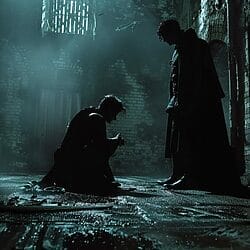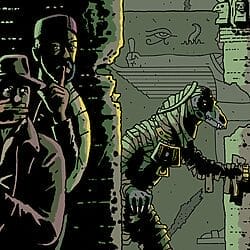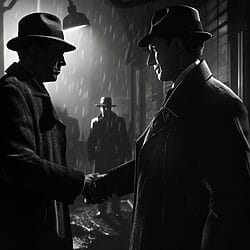You might be tempted to bring that player in to do a ‘guest slot’ in a game for a few sessions. Well, I think that’s a great idea! However, I’ve been both a GM and a player when this has and hasn’t worked as well as intended.
Genre Police: The Adventure Is Butchered
I’ve watched those long-form adventures slowly destroy their desire to use written adventures of playing D&D ever again.
Genre Police: The Adventure Continues
So let’s examine some of the ways we can process an adventure and prep it for a specific group.
Genre Police: The Adventure Begins
Since I went full professional as a GM in 2020, not including any planning time, I’ve been at actual tables running games with players for a rough total of 2,544 hours.
Genre Police: If It Bleeds, We Can Play It
Have you ever experienced a situation where you can’t shake an RPG session?
Genre Police: Looking For Augusta
So, I had a long discussion about chickens. This isn’t actually weird in our house given that we have chickens as pets, but this was especially odd because this particular chicken wasn’t real.
Genre Police: Rules Of Conduct
While some RPG sessions may thrive on unstructured character interactions, social skill dice help balance the expression of a player’s character, especially when personal attributes differ from those of their in-game persona. Games like D&D simplify this with one roll, while World of Darkness offers a layered approach. However, over-mechanizing social actions can restrict the narrative, calling for periodic evaluation and ensuring that mechanics serve the game’s intended exploration while allowing for character growth and varied interactions.
Genre Police: Role Assumptions
Lately I have been thinking about social interactions and personal relationships in roleplaying games, which lead to an interesting discussion with some of my players.
Genre Police: Friendship Is M…echanical
When we look at D&D, often a narrative about a group is about found family or how outcasts come together to trust each other.
Genre Police: High Esteem
So let’s take a look at how we can boost players’ love of your game.









